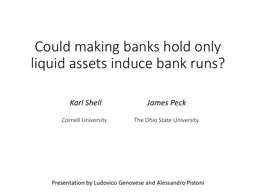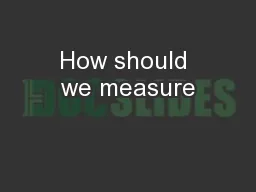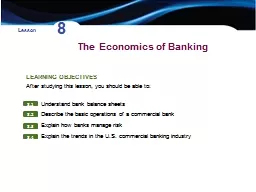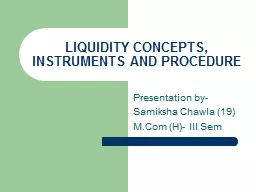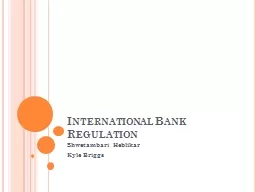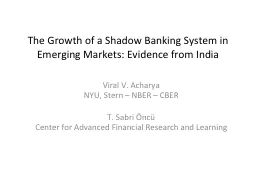PPT-Could making banks hold only liquid assets induce bank
Author : liane-varnes | Published Date : 2017-08-22
Karl Shell James Peck Presentation by Ludovico Genovese and Alessandro Pistoni Cornell University The Ohio State University Agenda Contextualization Model assumptions
Presentation Embed Code
Download Presentation
Download Presentation The PPT/PDF document "Could making banks hold only liquid ..." is the property of its rightful owner. Permission is granted to download and print the materials on this website for personal, non-commercial use only, and to display it on your personal computer provided you do not modify the materials and that you retain all copyright notices contained in the materials. By downloading content from our website, you accept the terms of this agreement.
Could making banks hold only liquid assets induce bank: Transcript
Download Rules Of Document
"Could making banks hold only liquid assets induce bank"The content belongs to its owner. You may download and print it for personal use, without modification, and keep all copyright notices. By downloading, you agree to these terms.
Related Documents

